Booking Analyses
Contact the CLIPT Lab to set up analyses.
See Description of Services for pricing and Sample Submission section for details on preparation and submission process
Contact information:
Facility Contacts:
Location: Kristine Bonnevies hus, room 4406, Blindernveien 31, 0316 OSLO, Norway
Description of Services:
Prices are for internal users (UiO affiliated). External users please contact the CLIPT lab for information and pricing
- δ13C and δ15N on bulk organic materials: 130 NOK
- δ13C only on bulk organic materials: 130 NOK
- δ15N only on bulk organic materials: 130 NOK
- δ18O or δ2H on bulk organic materials: 130 NOK
- LC δ13C compound specific analyses: Please contact CLIPT lab for information
- Note that for some organics, δ13C and δ15N can be performed on the same sample, while for others they must be analyzed separately. Consult with the CLIPT lab for your specific samples.
- For special samples, such as material on glass filters, sediments, or samples with less than 20 micrograms of C or N, please contact the CLIPT lab for prices
Sample Submission:
- Contact the CLIPT lab to discuss your particular sample types.
- Download and read through the General Guidelines (word file) for sample submission.
-
View CLIPT Lab video Episode 4: Sample Preparation for tips on preparing samples.
- Download CLIPT Lab Sample ID Form (excel file).
- Email completed Sample ID form to CLIPT Lab and arrange for sample delivery.
- Fill out Sample Registration Nettskjema.
Instruments:
- DeltaV Advantage Stable Isotope Mass Spectrometer (ThermoFisher)
- Flash Elemental Analyzer (ThermoFisher) configured with mass spectrometer
- LC-Isolink Liquid Chromatograph System (ThermoFisher) configured with mass spectrometer
Ever wonder how a Stable Isotope Mass Spectrometer works? Check out the CLIPT Lab web series for the full set of videos on stable isotope analysis!
Downloads and Links:
- Jahren/CLIPT Research Homepage
- Check out the original research the Jahren/CLIPT lab has been carrying out since 1997
- CLIPT Lab video series (youtube)
- Introduction to stable isotopes, the instrumentation we use, and sample preparation techniques
- General Guidelines for sample submission to CLIPT Lab (word file)
- Sample ID Form for sample trays (excel file)
- Sample Registration Nettskjema
- Principles of Stable Isotope Geochemistry
- A great general reference resource for stable isotope geochemistry. Generously made available for free download
About the CLIPT Lab:
The CLIPT lab is a joint infrastructure facility at UiO shared between the Geoscience and Bioscience departments. It is affiliated with the Centre for Earth Evolution and Dynamics (CEED) and the Centre for Biogeochemistry in the Anthropocene (CBA). For more information about the CLIPT lab and stable isotope analyses, check out our original video series!
CLIPT has been providing high quality stable isotope data to the UiO research community since its official opening in April, 2018. Among its multi-disciplinary user base are geologists, biologists, medical researchers, chemists, and archeologists, with research in the fields of paleoclimatology, Viking history, cancer cell growth, eco-toxicity, biologic trophic studies, resource allocation, and climate change.
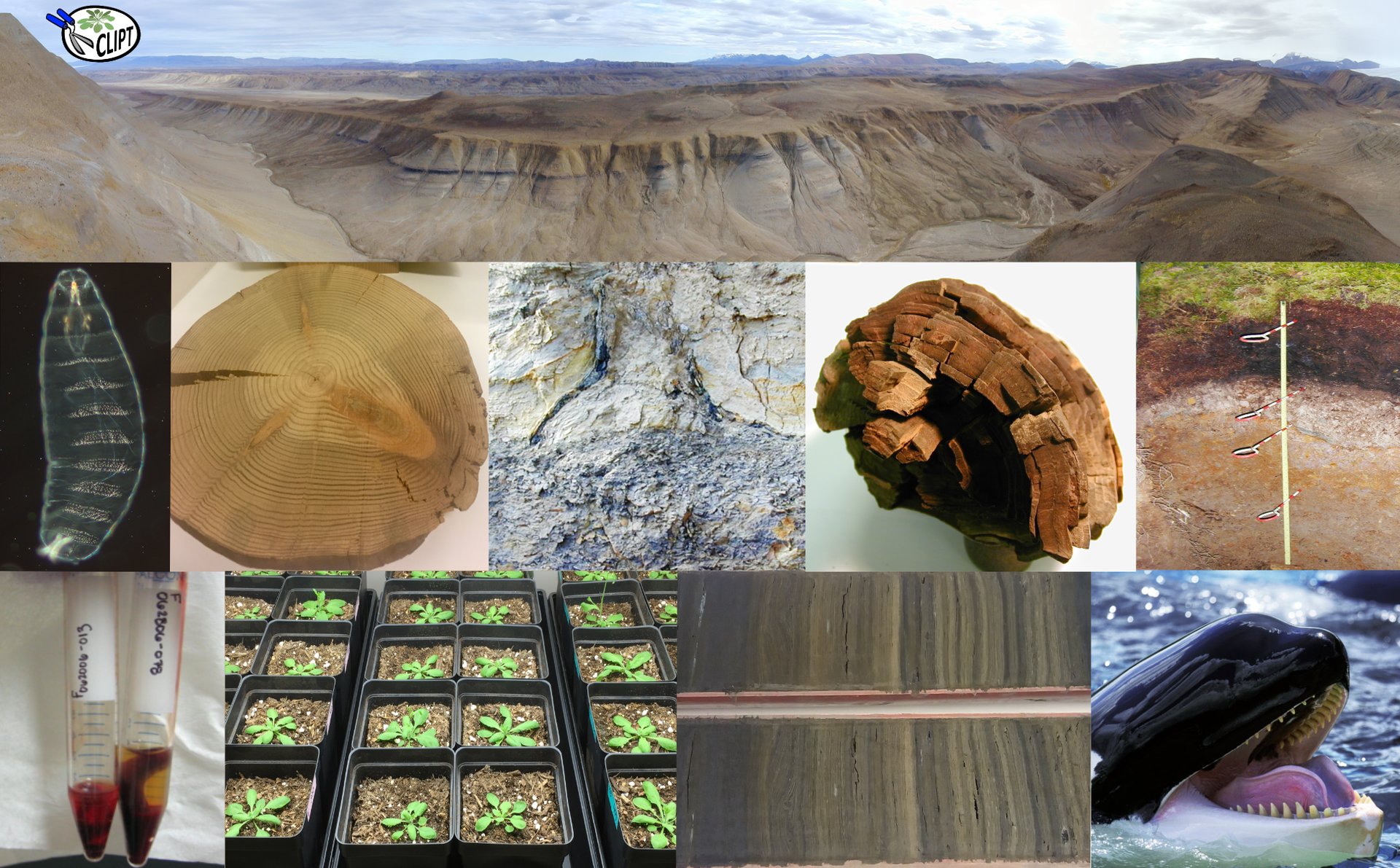
The facility currently houses a Thermo Fisher DeltaV Stable Isotope Mass Spectrometer configured with a Flash Elemental Analyzer Isolink system capable of high precision carbon, nitrogen, oxygen and hydrogen stable isotope analyses on bulk organic samples. You can see how the Elemental Analyzer and Mass Spectrometer work in Episode 2 and Episode 3 of our video series.
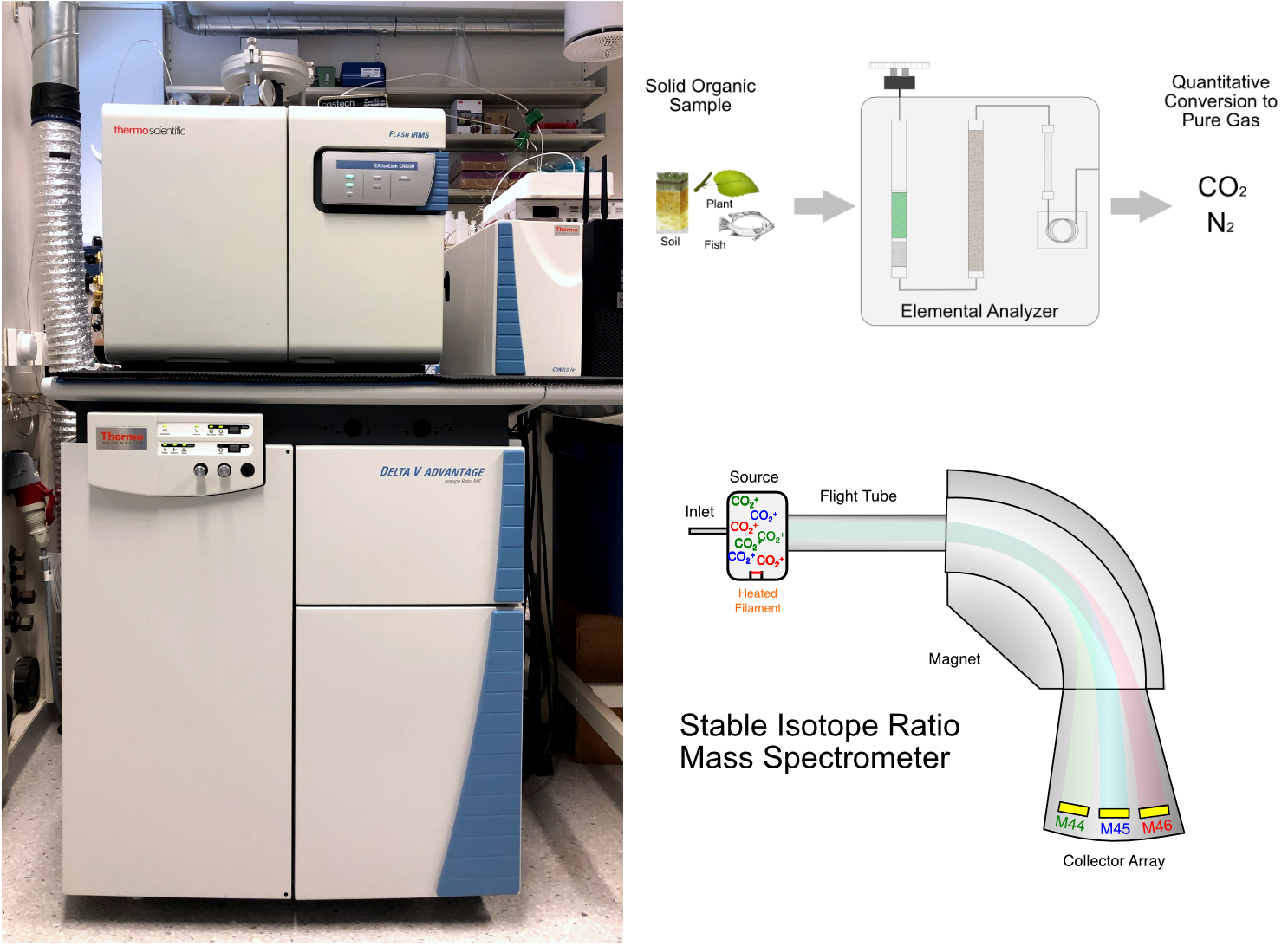
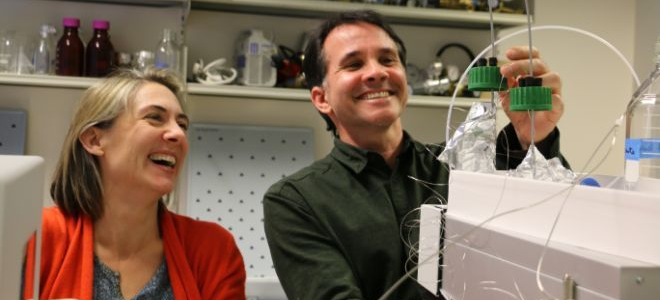
Photo: UiO
We welcome visits from interested researchers and students and are available to discuss your stable isotope analytical needs. Contact the CLIPT Lab to set up a meeting or to take a personal tour of the facility.
We are always looking for new ways to improve and expand our capabilities and encourage researchers to contact us about stable isotope analyses they are interested in that are not listed here.
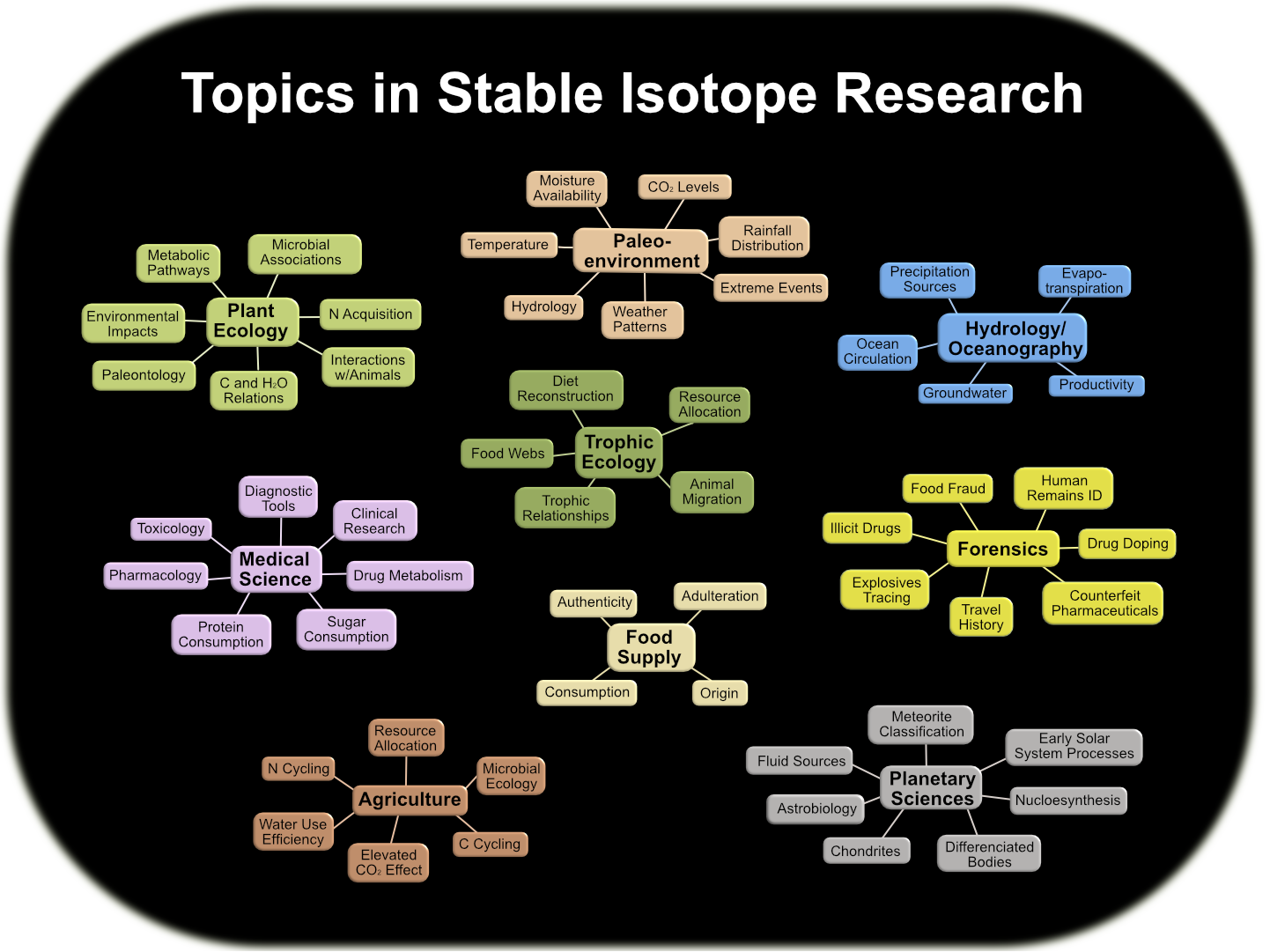
If you want to learn more about the original research produced by our lab over the years, check out the CLIPT research page.
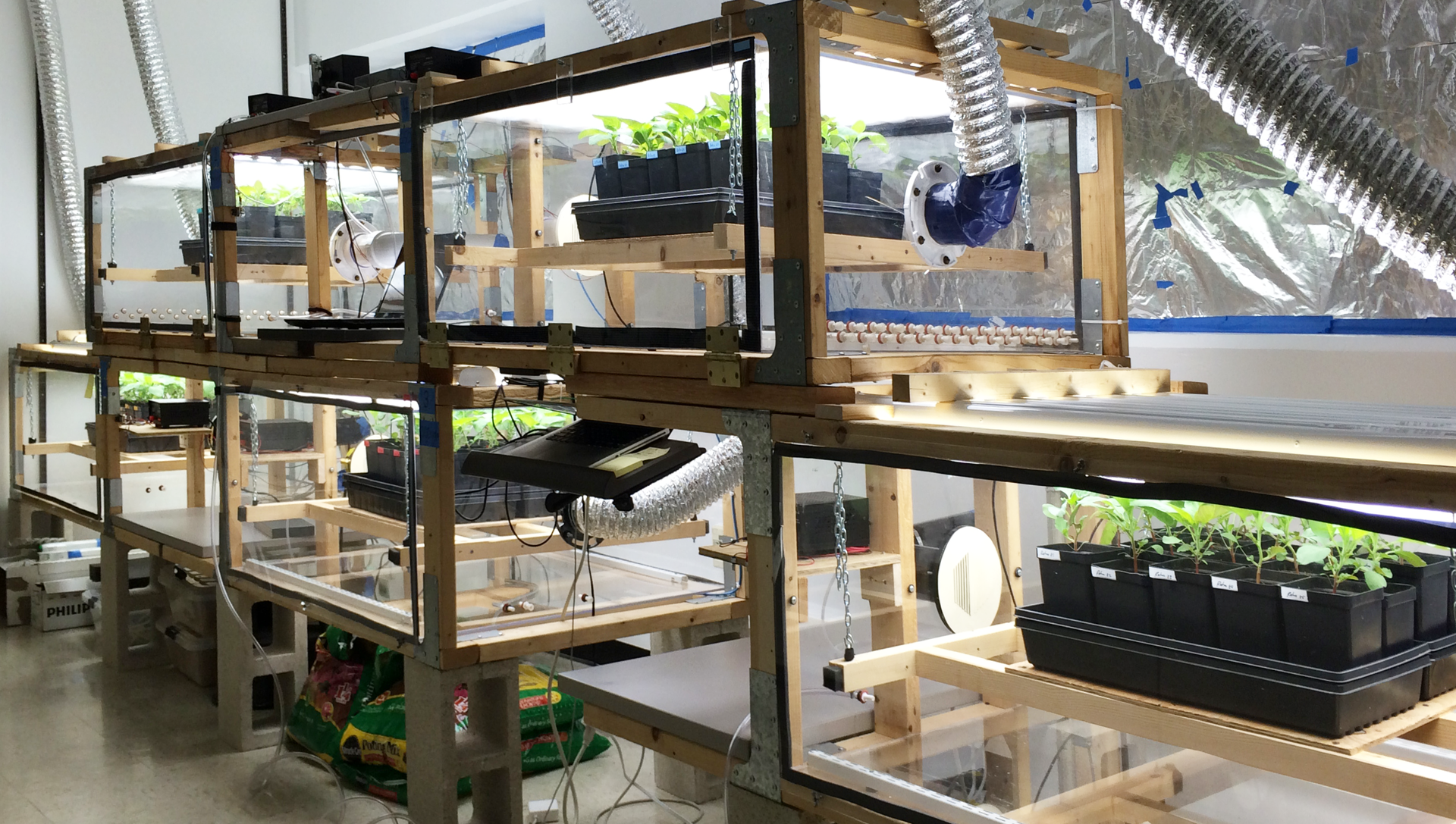
Funding for the CLIPT lab comes jointly from the Department of Geosciences, the Centre for Earth Evolution and Dynamics, and the Department of Biosciences.
